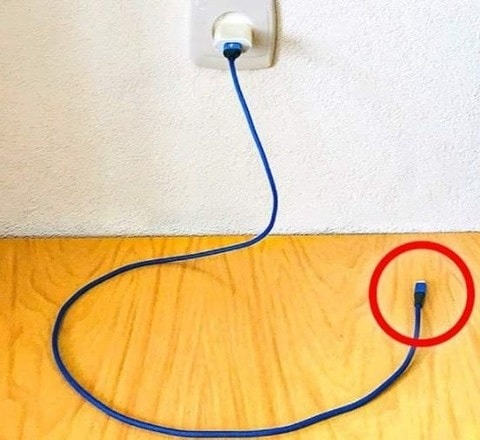– Energy Consumption and Wastage: Even when not actively charging a device, chargers continue to draw power from the outlet—a phenomenon known as standby power or vampire power. This constant energy consumption contributes to unnecessary electricity usage and can result in higher utility bills. Additionally, the cumulative effect of standby power across multiple chargers left plugged in can have a significant impact on energy wastage and environmental sustainability.
– Risk of Electrical Shock: Chargers left plugged in without a device connected may pose a risk of electrical shock, particularly in households with young children or pets. Curious fingers or playful pets may inadvertently come into contact with exposed charger prongs or damaged wiring, increasing the likelihood of electrical shock or injury.
– Potential Damage to Devices: Leaving chargers plugged in for extended periods, even when not actively charging a device, can potentially damage the charger itself as well as the connected electronic device. Overheating caused by prolonged exposure to electrical currents can degrade the charger’s components and compromise its functionality. Additionally, excessive heat generated by the charger may transfer to the connected device, leading to reduced battery life or other performance issues.
While it may seem convenient to leave chargers plugged in for easy access when needed, the risks associated with this practice outweigh any perceived benefits. From electrical fire hazards to energy wastage and potential damage to devices, leaving chargers plugged in poses numerous dangers that should not be ignored. To mitigate these risks and promote safety, it’s essential to adopt responsible charging habits, including unplugging chargers from outlets when not in use.
Continue Reading in next page

